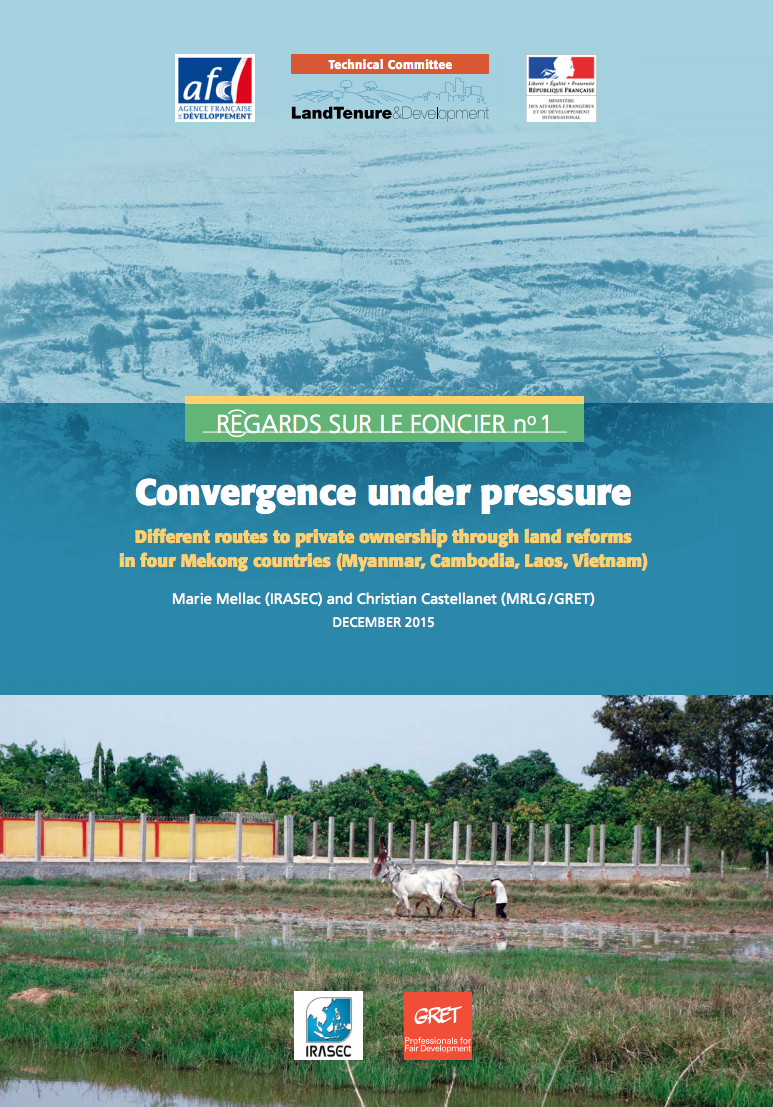The first decade of the new millennium saw a boom in rubber prices. This led to rapid and widespread land conversion to monoculture rubber plantations in continental SE Asia, where natural rubber production has increased >50% since 2000. Here, we analyze the subsequent spread of rubber…
Hydropower development in the Lower Mekong Basin is occurring at a rapid pace. With partial funding from international financial institutions has come pressure on the riparian governments to ensure that the potential environmental and social impacts of hydropower projects are properly considered…
Large-scale land acquisition are not new in the Mekong region but have been encouraged and have gathered momentum since the end of the 90s, particularly Cambodia, Laos, and Myanmar. These acquisitions are realized by national and foreign companies from the region, particularly China, Vietnam,…
In 1992 the Asian Development Bank coordinated a meeting between government representatives from China, Cambodia, Laos, Myanmar, Thailand and Vietnam to discuss regional economic integration. From that meeting the Greater Mekong Subregion was formed to promote peace and prosperity within the…
As BRICS-led foreign investment in agriculture has increased dramatically worldwide in recent years, China in particular, has begun to secure huge quantities of foreign land as an additional measure for securing future food and energy supplies. While an increasing amount of academic research has…
WEBSITE INTRODUCTION: This paper aims to provide keys that will help us understand contemporary land dynamics in these four countries. In order to do so it highlights their similarities and differences, both in the long history that shaped today’s local land situations and in more recent reforms…
Research indicates that key parameters of “land grabbing” differ across regions (e.g., ILC 2012) – particularly in view of who invests and/or when the bulk of investments occurred. At the same time, my review of the “land grab” literature since 2008 reveals that hardly any comparative…
Despite the increasing acknowledgment of scholars and practitioners that many large-scale agricultural land acquisitions in developing countries fail or never materialize, empirical evidence about how and why they fail to date is still scarce. Too often, land deals are portrayed as…
To date, REDD+ projects in Laos have made relatively conservative choices on driver engagement, focusing on smallholder-related drivers like shifting cultivation and small-scale agricultural expansion, to the exclusion of drivers like agro-industrial concessions, mining concessions and energy…
Over the past 10 years, transnational land grabs for rubber tree plantations have proliferated across Laos. Plantation concessions are being established on village lands that are represented as ‘degraded’ and legally classified as ‘state forests’, expropriated by government officials in the name…
This paper aims to provide keys that will help us understand contemporary land dynamics in these four countries. In order to do so it highlights their similarities and differences, both in the long history that shaped today’s local land situations and in more recent reforms implemented in the…
All four countries in continental South-East Asia featured in this paper (Myanmar, Cambodia, Laos and Vietnam) are experiencing land conflicts that could potentially destabilise their governments.1 Thailand is in a similar situation in many respects, as it has faced mounting tensions over land…




